SIRI ELDEVIK HÅBERG: Lines of enquiry
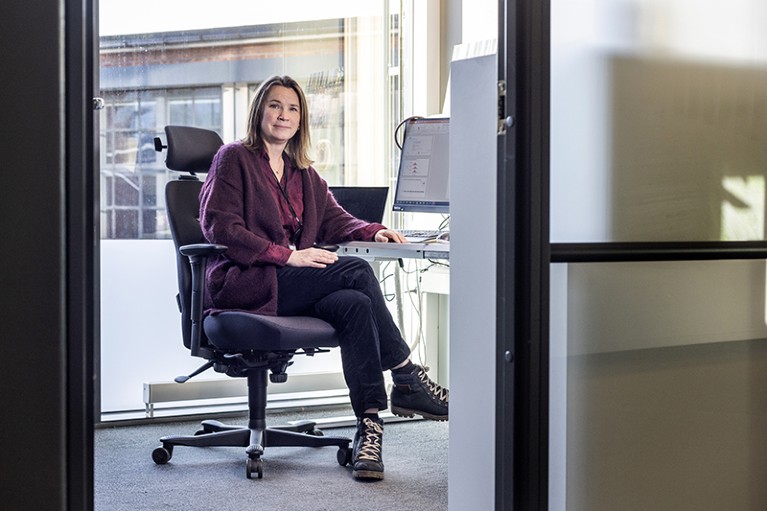
Siri Eldevik Håberg studies whether environmental factors such as smoking are linked to subtle changes to the human genome.Credit: Fredrik Naumann/Panos Pictures for Nature
As a medical student, Siri Eldevik Håberg became fascinated with how the health of a baby can be affected during pregnancy. Smoking, for example, is a proven risk factor for respiratory infection in fetuses — a finding supported by one of Håberg’s earliest studies, which scoured data from tens of thousands of births in Norway to investigate outcomes for a small subset of women who had smoked during, but not after, pregnancy1. The analysis was based on data from the Mother, Father, and Child Cohort Study (MoBa) at the Norwegian Institute of Public Health (NIPH) in Oslo, which today holds biological samples and survey information for nearly 300,000 participants.
Nature Index 2024 Health sciences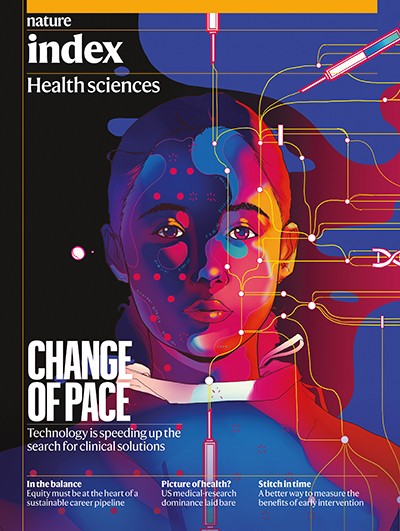
Håberg conducted her postdoctoral work in the United States, where she joined a group at the National Institute of Environmental Health Sciences in Durham, North Carolina. She contributed data analysis to a team that examined 1,062 blood samples from MoBa, drawn from the umbilical cord at the delivery of a baby, and identified 10 genes that were altered in infants born to women who smoked while pregnant. The 2012 study provided important evidence for how non-heritable smoking exposure can cause certain epigenetic effects — subtle changes to the genome that impact the reading of DNA but do not alter the DNA sequence2. “We are only beginning to understand the gravity of epigenetic changes during development,” says Håberg.
Now, as director of the Centre for Fertility and Health at the NIPH, Håberg is investigating ways to combine MoBa data with statistics from Norwegian registries on factors such as vaccinations, prescriptions, education and economic status. In one project, she and her colleagues matched babies from the 2012 study with data collected by the Medical Birth Registry of Norway and found that reduced birth weight was strongly correlated with smoking during pregnancy3.
Having investigated the effects of smoking on fetal health, Håberg was interested in other factors that could cause epigenetic changes linked to development. In a 2022 study published by Nature Communications4, she and her co-authors compared rates of DNA methylation — a process that affects levels of gene expression — for almost 2,000 MoBa newborns. Roughly half of the babies were conceived naturally and half through reproductive technologies such as in vitro fertilization. Even after controlling for the parents’ DNA methylation rates, differences were found in more than 100 genes, including those related to growth and development. The findings might pave the way for big-data approaches to studies related to reproductive technologies.
Håberg is passionate about connecting specialists from her team with interdisciplinary groups from around the world so that they can explore large amounts of data that hold clues about fetal health. One such project is comparing MoBa data with information from the Danish National Birth Cohort. “It all comes down to finding exciting new ways for teams of specialists to work together,” she says. “It’s great to see so many resources dedicated to questions of early embryonic development.” — Amy Coombs
NARMIN GHAFFARI LALEH: Deeper vision
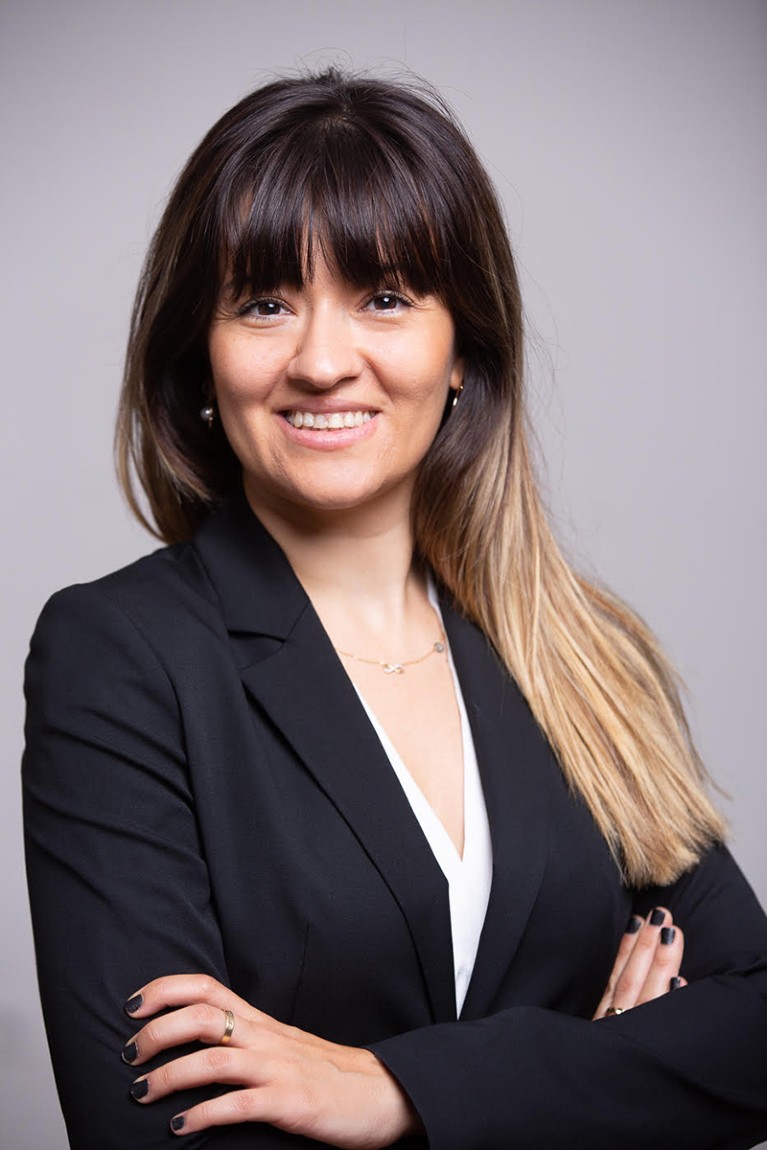
Narmin Ghaffari Laleh.Credit: Courtesy of Narmin Ghaffari Laleh
As a university student studying medical photonics in Jena, Germany, Narmin Ghaffari Laleh was inspired to use her programming skills to help patients and doctors. She sought work experience at local medical-device company, Carl Zeiss Meditec, to explore the use of artificial intelligence (AI) in improving medical-image analysis. Her work there concentrated on eye imaging, where conventional methods of analysis use systems that read each row of pixels, identifying features such as the cornea, lens and retina by tracking their colours and the distance between them. Common variables such as glasses can throw such systems off, however. “These kinds of programs work well until someone puts on glasses or contact lenses and takes a photo,” says Ghaffari Laleh, who was a master’s student at Fredrich Schiller University of Jena at the time.
The model developed by Ghaffari Laleh and her colleagues at the company used deep learning — a machine-learning technique that can identify complex patterns. In testing, their system analysed images with variables such as glasses with greater accuracy and less human oversight than previous methods. “I saw the potential for this sort of program to impact other areas of medicine, because the machine-learning techniques were rapidly becoming more sophisticated and could handle more data, all without the traditional human reviewer,” says Ghaffari Laleh, who built on these findings in her 2020 master’s thesis.
Ghaffari Laleh began her PhD at RWTH Aachen University in Aachen, Germany, in the field of computational pathology — an emerging area of research that aims to improve patient care by using advances in AI and big data. Her focus was on developing systems that can more accurately and efficiently identify visual indicators of cancer and other diseases than methods that rely solely on human specialists. These systems could be particularly useful in the analysis of tissue samples that have been prepared for microscope slides and stained with the widely used haematoxylin and eosin (H&E) dye, which turns cell structures different shades of purple, blue and pink, she says.
In 2022, Ghaffari Laleh co-authored a paper5 describing how AI could consistently categorize tumours in kidney-tissue slides. “With deep learning, we can detect patterns that the human eye cannot see,” she says.
For a separate study6, the team showed how AI trained to identify mutations in a protein associated with bladder cancer could outperform a uropathologist in analysing tissue samples stained with H&E. “We do not aim to replace the urologist, but deep-learning can offer additional analysis,” says Ghaffari Laleh.
To test whether these methods can move to clinical applications, Ghaffari Laleh dedicated her PhD thesis to investigating how applicable these kinds of AI systems could be to a variety of diseases and patient demographics. Her dissertation is pending defence in March.
Ghaffari Laleh hopes to apply her skills to help medical professionals in developing countries who cannot afford to run advanced diagnostics and who struggle to recruit and train skilled professionals. “AI is a much more affordable option,” she says. “If a deep-learning model can analyse data from diverse patient groups from a wide range of countries, then hospitals that lack resources can ship samples for diagnosis.” She’s also working on AI that can read text7, ultrasound and radiology image data, with hopes that they can speed up the work of doctors and other specialists worldwide. — Amy Coombs
TAL PATALON: Prolific polymath
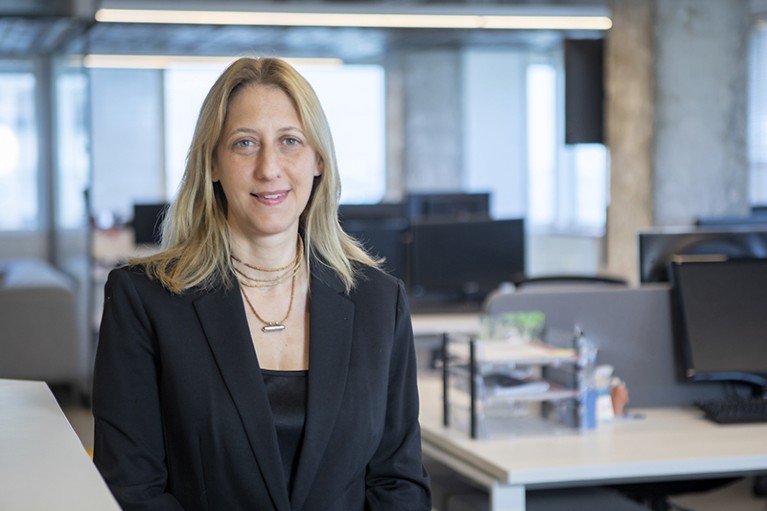
Tal Patalon.Credit: Asaf Brenner
Tal Patalon prides herself on being able to pivot her work to where she thinks her expertise, and that of her team, will be most effective. “For me, it’s all about clinical impact,” she says. As head of Kahn-Sagol-Maccabi (KSM) in Tel Aviv — the research and innovation centre of Maccabi Healthcare Services, one of Israel’s largest health-care providers — Patalon is interested in a range of medical conditions, including parvovirus, mpox, cancer and coeliac disease.
Having the capacity to launch research projects quickly proved invaluable to Patalon and her team during the COVID-19 pandemic, when global treatment and vaccination protocols changed rapidly to keep up with the evolution of the disease. In 2021, as the highly contagious Delta wave was surging through Israel, Patalon co-led a team that scoured the health records of almost 125,000 Israelis, charting coronavirus incidence, symptoms and hospitalization rates over three months.
The team discovered that vaccinated people who had not previously tested positive for COVID-19 were 13 times more likely to be infected by the new variant, compared with previously infected individuals who were unvaccinated. The results showed that the SARS-CoV-2 virus that causes COVID-19 confers a natural immunity to those who have been infected, providing valuable evidence that vaccinating them wasn’t an immediate priority8. “It was a very big achievement for us,” says Patalon.
Extracting new insights from the vast amounts of public-health data that are being collected globally is key to advancing treatments and keeping one step ahead of infectious diseases, says Patalon. As part of her role at KSM, she oversees the Tipa Biobank, Israel’s largest biosample repository, comprising more than one million blood samples from some 200,000 Maccabi patients. In addition to one-off samples from patients, the biobank collects serial samples — successive samples from the same patient over a period of time. Serial samples are “very rare and highly valuable for research”, says Patalon, especially when it comes to analysing biological changes before and after a diagnosis.
KSM also manages some 30 years’ worth of electronic medical records from more than 2.7 million patients collected by 32 hospital networks that are affiliated with Maccabi. By sharing these data, which have been deidentified, with researchers around the world, Patalon hopes to inform artificial-intelligence-powered innovations in diagnosis and treatment. “These collaborations, I believe, will create the future of medicine,” she says.
Being adaptable as a researcher and a leader is crucial, particularly in times of crisis, says Patalon, whose team has been deeply affected by the war in Gaza.
“This is a time that requires a lot of patience, empathy, emotional support and the building of good relationships. We have to come out of this situation stronger.” — Sandy Ong
SARAH LUO: Hunting hunger pathways
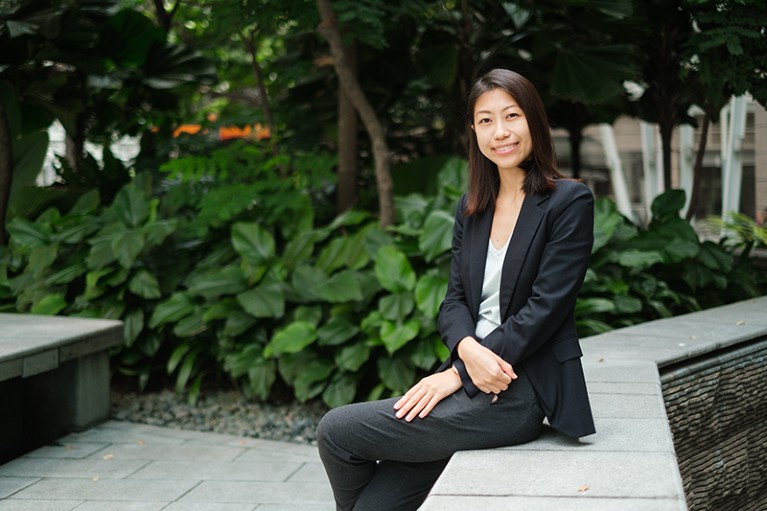
Sarah Luo’s team discovered one of the brain’s many feeding regulatory centres.Credit: Agency for Science, Technology and Research (A*STAR)
Sarah Luo’s fascination with neuroscience sparked when, as an undergraduate student at the University of Wisconsin-Madison in Wisconsin, she was introduced to the work of British neurologist and author, Oliver Sacks.
Known for his empathic approach to patients with conditions such as amnesia, face blindness and Tourette’s syndrome, Sacks “brought a very humanizing perspective to brain disorders”, says Luo. “He showed how even minute changes in certain regions of the brain could lead to profound effects on cognition and behaviour.”
Today, Luo runs a lab at Singapore’s Agency for Science, Technology and Research (A*STAR), where she studies the connection between hunger and the brain to help patients with metabolic disorders such as diabetes and fatty liver disease. She first studied this connection as a postdoctoral fellow in an adjacent lab, where she was part of a team that discovered a mechanism that regulates feeding.
For many years, researchers had assumed that hunger is regulated by two types of neurons: one that drives hunger and another that suppresses it. But when Luo and her colleagues ran experiments that stimulated certain neurons in a region of the brain called the tuberal nucleus, they could prompt mice to start eating even when they weren’t hungry9. “There are actually many feeding regulatory centres in the brain, and we discovered one of them,” she says.
These other centres can deal with “more diverse aspects of eating behaviour”, says Luo, including environmental cues that can incite hunger. In a series of follow-up experiments10, Luo and her colleagues observed that when mice were placed in the same feeding chamber where the neurons in the tuberal nucleus had been activated the previous week, they would immediately start eating, even if it was outside their normal feeding times. The results suggest that these neurons not only influence basic feeding behaviour, but also integrate memory and contextual cues into the eating process, says Luo.
Humans experience similar cues. Visiting a favourite restaurant, for example, or returning to the family home can spark an appetite.
“Your neurons might become activated, just because of the environment you’re in,” says Luo. “Those signals might cause you to eat, even if you’re not actually hungry.”
Luo and her team at A*STAR hope to develop treatments that will help to curb excessive food consumption in people with obesity and metabolic conditions by blocking or activating certain neural signals. The trick, she says, is to find and target pathways that run between the brain and organs such as the liver and kidneys, which are more accessible than neural pathways in the brain.
“It would be very invasive to implant an electrode in the brain to activate or inhibit these pathways,” says Luo. But activating pathways that connect to these regions in the brain — by using vagal nerve stimulation, for example, which is a technique used to treat epilepsy that involves implanting a pulse generator under the skin on the chest — would be a more viable option. “Then maybe there will be an easier route for developing therapies to target some of these metabolic diseases,” says Luo. — Sandy Ong

 A spotlight on the stark imbalances of global health research
A spotlight on the stark imbalances of global health research
 How AI is being used to accelerate clinical trials
How AI is being used to accelerate clinical trials
 Numbers highlight US dominance in clinical research
Numbers highlight US dominance in clinical research
 Researchers call for a major rethink of how Alzheimer’s treatments are evaluated
Researchers call for a major rethink of how Alzheimer’s treatments are evaluated
 Take these steps to accelerate the path to gender equity in health sciences
Take these steps to accelerate the path to gender equity in health sciences








